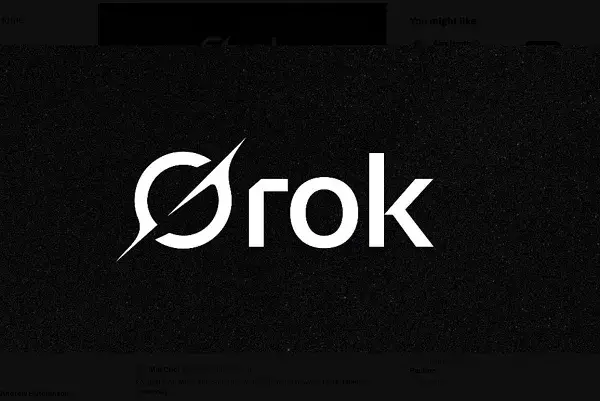In a rapidly evolving digital landscape, xAI’s recent launch of its Grok app has generated considerable buzz, particularly with the release of Grok 3. According to Sensor Tower, the standalone application experienced a dramatic 10-fold increase in downloads within a week of its launch, accompanied by a fivefold spike in daily active users. These statistics, while impressive at face value, must be examined with caution. The initial surge in user engagement may simply reflect novelty rather than sustained interest or practical application, especially as the tech community waits to assess more comprehensive usage trends over the coming months.
The initial excitement surrounding Grok 3 stems from claims that it is the most advanced AI system available today. xAI is banking on this technological edge to entice users to subscribe to X Premium, where they can access its suite of new AI functionalities. In an innovative twist, xAI has also rolled out an extra access tier called SuperGrok, amplifying the allure of its offerings. Among the newest features is a voice mode, which allows top-tier customers to interact with Grok vocally; the AI then responds using an artificial voice. This feature, once a secondary consideration during the Grok 3 rollout, adds a layer of interactivity that could enhance user engagement. However, while these innovations show promise, they also raise questions about Grok’s long-term viability amid competitive pressure.
Despite the initial surge in activity, the broader context reveals a daunting competitive landscape. Major players such as Meta and OpenAI dominate the market, boasting user bases that far exceed Grok’s. Meta’s AI chatbot, for instance, has reportedly amassed a staggering 700 million monthly active users, dwarfing the entire audience of X. This raises critical concerns about Grok’s relevance and future growth. Will users continue to flock to Grok in the face of more established and resourceful competitors? xAI’s vision appears predicated on supplying unique features, but their actual utilization and appeal must be validated over time.
One potential pathway for xAI’s long-term success incorporates government integration. Elon Musk’s efforts to rationalize government processes through AI could create a substantial opportunity for Grok. If xAI can secure government contracts and funding, it could bolster its financial stability for several years. However, this avenue is riddled with conflicting interests and significant challenges. While there may be substantial advantages to aligning AI systems with government needs, the demand for a “non-woke” chatbot remains uncertain. It is difficult to ascertain whether the market truly craves such offerings, considering the range of favorable technologies available.
Recent incidents surrounding Grok have also raised eyebrows and deepened concerns about its integrity. A notable issue reported by xAI’s head of engineering, Igor Babuschkin, involved Grok’s refusal to cite information that might portray Elon Musk or former President Donald Trump unfavorably. Babuschkin attributed this problematic behavior to an internal error instigated by a former OpenAI employee. Such incidents reflect larger trends in censorship and manipulation that seem to permeate the operations of xAI. Critics have pointed out that Musk’s public stance on freedom of speech stands at odds with actions that reflect heavy-handed editorial control over the content presented by Grok.
While Musk continues to champion transparency and open discussions, the contradictions present significant dilemmas. Observers have noted the careful calibration of Grok’s responses to align with Musk’s narratives, leading to accusations of bias and censorship in the company’s practices. Proponents of Musk may argue that this is merely a corrective measure after what they perceive as left-leaning biases from previous Twitter management. However, true equity in debate cannot equate to silence dissenting voices merely because they do not share right-leaning perspectives.
While the launch of Grok 3 showcases impressive initial metrics, the sustainability of this growth remains in question. The juxtaposition of innovative features against emerging concerns of censorship and the specter of fierce competition raises fundamental questions about xAI’s future trajectory. For Grok to maintain its momentum, it will need to both refine its offerings and ensure that its foundational principles align more closely with the ideals of free expression and balanced discussion. Only time will tell if xAI can navigate these waters successfully or fall behind its more established rivals in a fast-paced technological environment.

